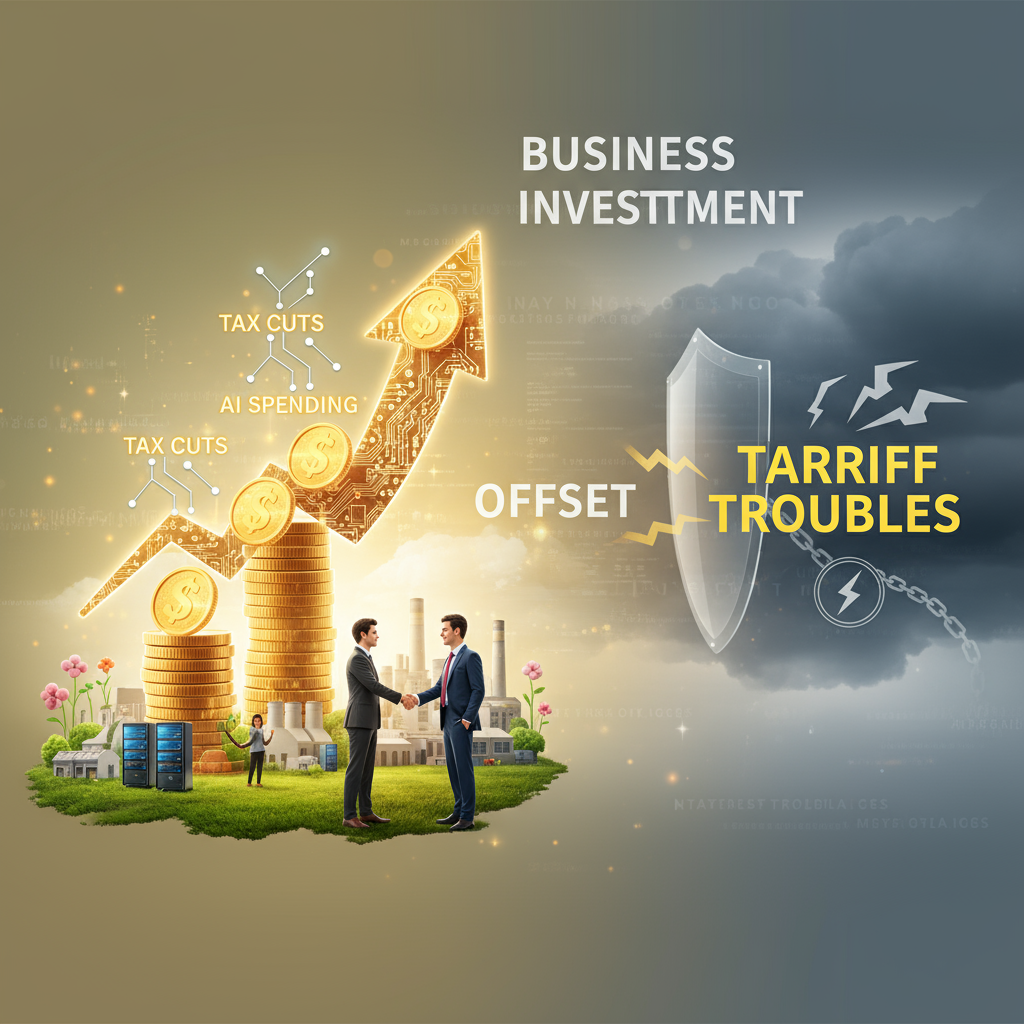The American economy, a titan of global finance, is currently wrestling with a complex and formidable challenge. It’s not a single issue, but rather a persistent, interco
ected trio of economic pressures that are creating significant headwinds and uncertainty. Understanding these “three-headed problems” is crucial for navigating the current landscape and anticipating future trends. These are inflation, supply chain disruptions, and labor shortages, each fueling and exacerbating the others in a chaotic feedback loop.
The Inflationary Surge: Eroding Purchasing Power
Perhaps the most visible and widely felt of these problems is the persistent inflation that has gripped the US economy. Driven by a confluence of factors, including robust consumer demand fueled by stimulus measures, lingering supply chain constraints, and geopolitical events, the cost of goods and services has climbed significantly. This isn’t just an abstract economic indicator; it translates directly into reduced purchasing power for households. Families are finding their grocery bills higher, their gas tank refills more expensive, and their overall budgets stretched thin.
The Federal Reserve has responded by aggressively raising interest rates, aiming to cool demand and bring inflation back under control. However, this is a delicate balancing act. Too rapid a tightening of monetary policy risks tipping the economy into a recession, leading to job losses and further economic hardship. Businesses, meanwhile, are grappling with the decision of whether to absorb rising costs, pass them on to consumers (further fueling inflation), or reduce production. For instance, manufacturers of consumer electronics have faced increased component costs, leading to higher prices for everything from smartphones to televisions.
Supply Chain Bottlenecks: The Global Congestion
Hand-in-hand with inflation, supply chain disruptions have become a persistent thorn in the side of the US economy. The COVID-19 pandemic exposed the fragility of globalized supply chains, leading to port congestion, shipping container shortages, and factory shutdowns. While some of these immediate disruptions have eased, the underlying issues remain. Geopolitical tensions, such as the war in Ukraine, have further disrupted the flow of key commodities like oil and grains, impacting transportation costs and availability.
The ripple effect of these bottlenecks is far-reaching. Businesses struggle to secure the raw materials and components they need to produce goods, leading to delays and reduced output. Consumers face empty shelves and longer wait times for popular products. For example, the automotive industry has been severely hampered by semiconductor shortages, impacting vehicle production and driving up prices for both new and used cars. This creates a frustrating cycle where demand remains high, but the ability to meet that demand is constrained, further contributing to price pressures.
The Labor Market Squeeze: A Scarcity of Workers
The third head of this economic dragon is the persistent labor shortage. Many factors are at play, including the pandemic-induced Great Resignation, early retirements, shifts in worker preferences, and a perceived mismatch between available jobs and desired careers. Businesses across various sectors are struggling to find qualified workers, leading to increased competition for talent and upward pressure on wages.
This labor scarcity directly impacts businesses’ ability to operate at full capacity. Restaurants are forced to reduce operating hours, construction projects face delays, and customer service industries struggle to maintain adequate staffing levels. While increased wages might seem beneficial for workers, they also contribute to the inflationary pressures as businesses pass these higher labor costs on to consumers. Furthermore, a lack of available workers can hinder i
ovation and productivity growth, as companies are unable to hire the talent needed to drive expansion and improvement. The healthcare sector, for instance, has been particularly hard hit by nursing shortages, impacting patient care and hospital capacity.
The Interco
ected Chaos: A Vicious Cycle
The true complexity of this “three-headed problem” lies in its interco
ectedness. Inflation makes it more expensive for businesses to operate and for consumers to buy, while supply chain disruptions limit the availability of goods, further driving up prices. The labor shortage exacerbates these issues by increasing operational costs for businesses and limiting their capacity to produce and deliver goods. It’s a vicious cycle where each problem amplifies the others, creating a volatile and unpredictable economic environment.
Actionable Insights and Practical Information:
For consumers, this means:
Budgeting and Prioritization: With rising costs, careful budgeting and prioritizing essential purchases become even more critical.
Seeking Value: Look for deals, consider generic brands, and be mindful of impulse buys.
Investing Wisely: Understand the impact of inflation on savings and explore investment strategies that can potentially outpace inflation.
For businesses, the challenges and opportunities are:
Supply Chain Resilience: Diversify suppliers, explore near-shoring or reshoring options, and invest in inventory management technology.
Talent Acquisition and Retention: Focus on competitive compensation and benefits, invest in employee training and development, and foster a positive work culture.
Pricing Strategies: Carefully analyze costs and market demand to implement strategic pricing adjustments that balance profitability with customer retention.
- Automation and Technology: Explore how automation can help mitigate labor shortages and improve efficiency.
Conclusion: Navigating the Storm
The US economy is facing a multifaceted challenge, driven by the persistent pressures of inflation, supply chain disruptions, and labor shortages. These issues are not isolated; they are deeply intertwined, creating a chaotic environment that impacts individuals and businesses alike. Navigating this landscape requires a nuanced understanding of these interco
ected forces, strategic pla
ing, and adaptability. While the path forward may be uncertain, by addressing these three-headed problems with thoughtful policies, i
ovative business strategies, and informed consumer decisions, the US economy can work towards greater stability and resilience.



